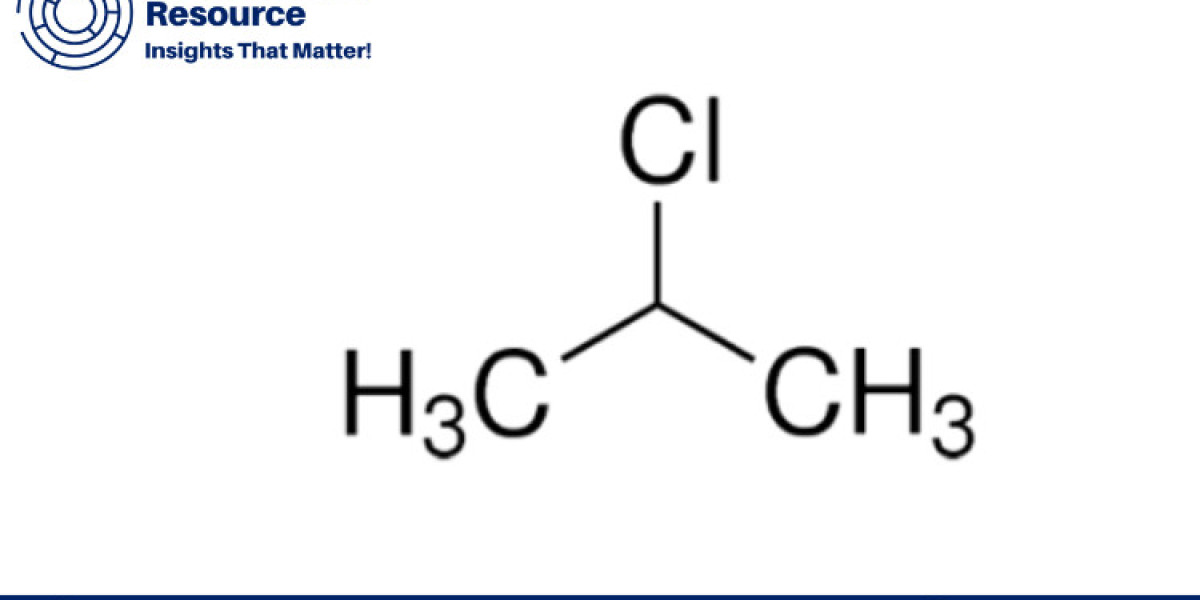In the competitive world of jewellery design and retail, standing out requires more than just beautiful products. It requires captivating, dynamic content that engages potential customers and showcases your jewellery in the best possible light. Jewellery rendering videos are a powerful tool to achieve this, offering a level of interactivity and realism that static images simply cannot match. In this article, we’ll explore the benefits of jewellery rendering videos, how they are created, and why they should be an essential part of your marketing strategy.
Why Jewellery Rendering Videos Matter
Jewellery rendering videos bring your designs to life in a way that still images cannot. They allow potential customers to see the intricate details, sparkle, and movement of a piece, providing a more immersive and engaging experience.
- Enhanced Customer Engagement: Videos capture attention and keep viewers engaged longer than static images. They can highlight the craftsmanship, design details, and quality of your jewellery, helping to build trust and interest.
- Realistic Visualization: Videos offer a 360-degree view of the jewellery, showing how it catches the light, how it moves, and how it looks from different angles, providing a realistic representation of the final product.
- Improved Conversion Rates: High-quality videos can significantly boost conversion rates by giving customers a more comprehensive understanding of what they’re buying. When customers can visualize a piece as if they’re holding it in their hands, they’re more likely to make a purchase.
- Versatile Marketing Tool: Jewellery rendering videos can be used across various marketing channels, including websites, social media, online stores, and email campaigns, making them a versatile asset for your brand.
The Process of Creating Jewellery Rendering Videos
Creating a jewellery rendering video involves several steps, each critical to achieving a high-quality, photorealistic result. Here’s an overview of the process:
1. 3D Modelling
The first step in creating a jewellery rendering video is to develop a detailed 3D model of the jewellery piece. This model includes all the intricate details of the design, such as gemstones, metal textures, and engravings.
- Precision and Detail: The quality of the final video heavily depends on the accuracy of the 3D model. Designers use advanced software like RhinoGold or Blender to create models that are true to the original design.
- Material Definition: Each element of the jewellery is assigned specific materials that replicate the look of real metals, gemstones, and other components. This step ensures that the render will accurately reflect the appearance of the actual piece.
2. Texturing and Lighting
Once the 3D model is complete, the next step is to add textures and define lighting conditions. This process is crucial for creating a realistic look.
- Material Texturing: Textures are applied to the model to simulate the surface characteristics of materials, such as the shine of polished gold or the facets of a diamond. This step is essential for achieving photorealism.
- Lighting Setup: Lighting plays a significant role in jewellery rendering videos. Proper lighting highlights the brilliance of gemstones and the luster of metals, bringing out the true beauty of the piece. Different lighting setups can be used to create various moods and effects.
3. Animation
Animation is where the jewellery piece comes to life. The 3D model is animated to rotate, move, or simulate real-life interaction, such as wearing a ring on a finger.
- 360-Degree View: A common approach is to create a 360-degree rotation of the jewellery, giving viewers a complete view of the piece from all angles.
- Dynamic Effects: Advanced animations can include effects like light glints, sparkle enhancements, and movement simulation, which add depth and realism to the video.
4. Rendering
Rendering is the process of converting the 3D model and its animations into a final video. This step involves processing all the visual data, including textures, lighting, and animations, to create the final photorealistic video.
- High-Resolution Output: The rendering process produces a high-resolution video that showcases the jewellery in stunning detail. The resolution can be adjusted based on where the video will be used, such as online platforms or large displays.
- Rendering Time: Depending on the complexity of the design and the quality of the render, this process can take time. High-quality renders require powerful computing resources and can take several hours or even days to complete.
5. Post-Production
The final step is post-production, where the video is edited to enhance its visual appeal further. This may include color correction, adding background music, or incorporating branding elements.
- Editing: Any necessary adjustments to color balance, contrast, or brightness are made during the editing phase to ensure the jewellery looks its best.
- Final Touches: Background music, branding elements, and any special effects are added to the video to make it more engaging and aligned with the brand’s identity.
Best Practices for Using Jewellery Rendering Videos
To maximize the impact of your jewellery rendering videos, it’s essential to use them effectively across your marketing channels. Here are some best practices:
1. Optimize for Different Platforms
Jewellery rendering videos can be used on various platforms, each with different technical requirements and audience expectations.
- Website: On your website, ensure that videos are optimized for fast loading times and are displayed prominently on product pages to enhance the shopping experience.
- Social Media: For platforms like Instagram and Facebook, create shorter versions of your videos, focusing on the most visually striking aspects of the jewellery. Vertical formats may work best for mobile viewing.
- Email Campaigns: Incorporate videos into your email marketing campaigns to showcase new collections or highlight specific pieces. Video thumbnails can increase click-through rates.
2. Highlight Key Features
Focus on the unique aspects of your jewellery that set it apart from competitors. Use close-up shots and slow-motion effects to emphasize intricate details, craftsmanship, and the quality of materials.
3. Incorporate Branding
Ensure your videos reflect your brand’s identity. This includes consistent use of color schemes, logos, and typography. Adding a branded intro or outro can also help reinforce your brand image.
4. Include Call-to-Actions
Videos should not only be visually appealing but also drive action. Include clear call-to-actions (CTAs) that encourage viewers to learn more, visit your website, or make a purchase.
5. Regularly Update Content
The jewellery market is dynamic, with trends constantly evolving. Keep your content fresh by regularly updating your jewellery rendering videos to reflect new designs, collections, or trends.
Conclusion
Jewellery rendering videos are a powerful tool for engaging customers and showcasing your designs in the most compelling way possible. By investing in high-quality video content, you can elevate your brand’s visual appeal, improve customer engagement, and drive sales. Whether you’re introducing a new collection or highlighting your most intricate designs, jewellery rendering videos should be a key component of your marketing strategy.















